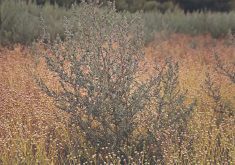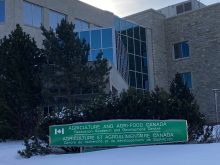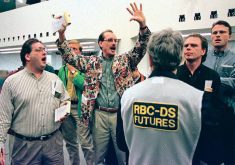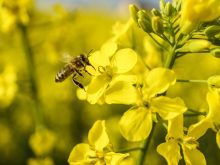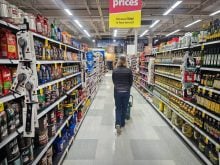By the end of the year, the 465-megawatt Travers Solar project will go into full operation. Canada’s largest solar development covers 3,330 acres and is located eight kilometres southwest of Lomond, Alta.
The site will produce peak electricity to power 150,000 homes for the next 35-plus years. Already, a deal has been announced with Amazon to purchase 80 percent of the power. The property owner will benefit from lease revenues for decades and Vulcan County will enjoy ongoing employment and tax revenues.
The economic benefits of building solar farms in a region where there is an abundance of sunshine are hard to dispute. However, there is growing opposition to these large-scale projects on the grounds that they are unsightly, eliminate viable farmland, reduce property values, contaminate soil and even kill birds.
Read Also
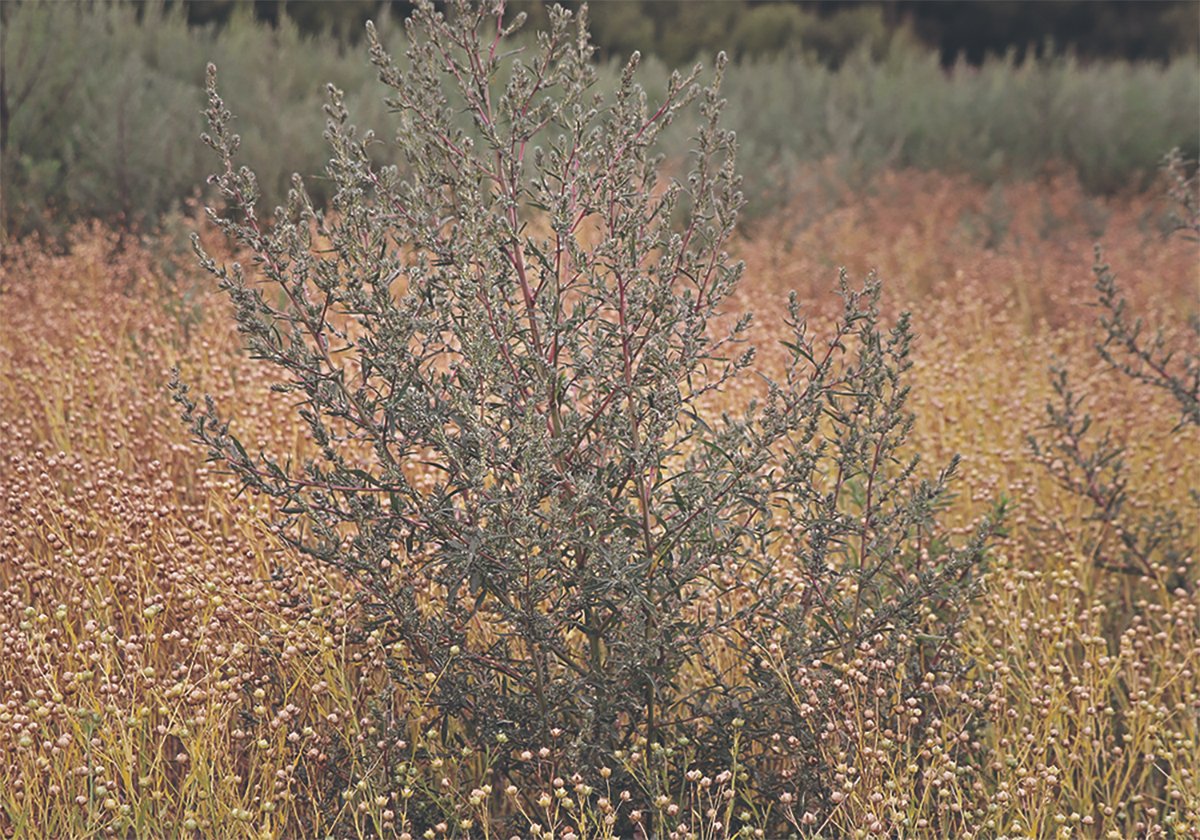
Kochia has become a significant problem for Prairie farmers
As you travel through southern Saskatchewan and Alberta, particularly in areas challenged by dry growing conditions, the magnitude of the kochia problem is easy to see.
Solar panels may contain trace amounts of toxic chemicals such as lead and cadmium, creating concerns that they might be tossed into a landfill as opposed to being responsibly recycled. However, modern panels, like the monocrystalline bifacial solar panels used at Travers, are not toxic. The solar cells are made of silicon and are sealed inside a glass and aluminum enclosure.
The avian mortality narrative is something climate scientist Katherine Hayhoe calls a zombie argument because it never seems to die.
A 2016 study showed that in the United States, about 150,000 bird deaths were attributed to utility scale solar while nearly 15 million bird deaths were attributed to fossil fuel power plants and up to 988 million deaths attributed to buildings and windows.
The American Bird Conservancy notes that cats are responsible for approximately 2.4 billion bird deaths in America each year. But if you’re still concerned about birds crashing into panels, note that the newer black solar panels probably look a lot less like water than the shiny old ones.
In Alberta, where an oil well lease is considered a windfall for a property owner, the prospect of a guaranteed income is more likely to increase property values in spite of the risks associated with operators not paying the land rent or wells being abandoned without completing clean up or site reclamation.
University of Arizona bio-geographer Greg Barron-Gafford has been studying agri-voltaics, the integration of agricultural and solar farming, for years. He found that the shade provided by the solar panels prevents the crops or grassland below from becoming hot and dry during summer months, while also providing extensive shade for livestock.
At a solar farm east of Calgary, Capital Power Corp. is planning to pay a local ranch to provide sheep grazing on its solar farm for grass control. Barron-Gafford has also demonstrated effective livestock grazing on solar farms in addition to successfully growing crops like tomatoes under the shade of solar panels.
One of the important concepts of regenerative farming is to improve soil health by using cover crops and not disturbing the soil. The payoff is richer biodiversity in the soil and a deeper soil sponge that retains more water. By growing native grasses underneath solar panels, a large area of soil can be regenerated and this will provide benefits to surrounding land.
As Alberta’s Takota Coen discovered, improving the hydrological properties of his land resulted in benefits to neighbouring properties. In his case, by restoring natural water features and native plants the surrounding farms benefited from a greater resilience to drought and flooding.
Robert Miller is a retired systems engineer, formerly with General Dynamics Canada, who now volunteers with the Calgary Climate Hub and writes on behalf of Eco-Elders for Climate Action. He lives in Calgary.





